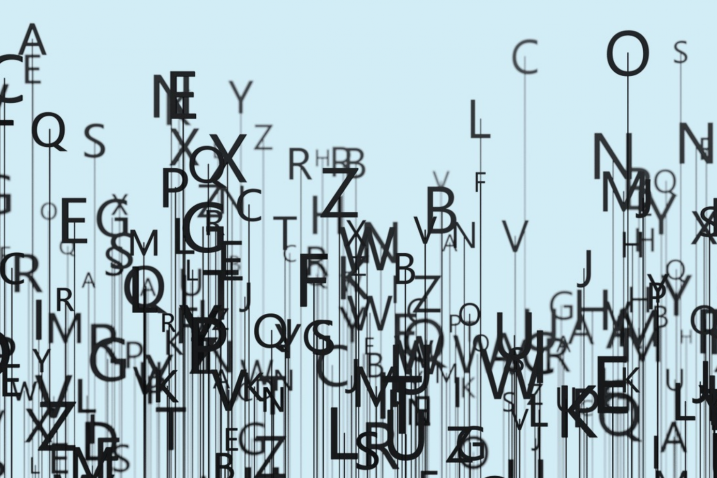
By: Katelyn J. Dougherty, Esq.
Calling all startups, business owners, and anyone who uses fonts!
When you create a document or design, choosing the right font is essential to ensuring that the message you’re trying to convey is clear and effective. However, what many people may not realize is that every font you use requires a license.
Fonts are “software” entitled to intellectual property protection, and as such, require a license to legally use without potential fines, lawsuits, and other penalties. This is known as a font license and is a legal agreement that allows you to use a particular font for a specific purpose. Font licenses can vary widely, but they generally define the terms under which you can use the font, including the number of users, the number of devices the font can be installed on, and the specific ways in which the font can be used.
There are several types of font licenses, including:
It’s important to note that using a font without the proper license is a violation of copyright law, which can lead to legal and financial consequences. To ensure that you’re using fonts legally, it’s important to read the license agreement carefully and obtain the appropriate license for each font you use.
As there are even companies called “font foundries” that exist solely to toll for the use of unlicensed fonts, it’s vital to periodically check the font codes that may be embedded in areas like websites or software. Being proactive can help you avoid violations and any fines that may attach. Why? Because you may be using unlicensed fonts without even knowing, and not knowing is not typically a defense.
In conclusion, every font you use requires a license, even if it’s a free font. The use of fonts, regardless of the purpose, should only be done after the user conducts the proper due diligence to ensure the fonts are correctly licensed, Understanding the different types of font licenses, and ensuring that you have the proper license for each font you use is essential to avoiding legal issues and ensuring that your documents and designs are effective and legally compliant.
Not sure how to check? Contact your website developer, or reach out to our team for resources.
This Blog was written by Founding Attorney, Katelyn Dougherty.
DISCLAIMER: This blog is for educational purposes only and does not offer nor substitute legal advice. This blog does not establish an attorney-client relationship and is not for advertising or solicitation purposes. Any of the content contained herein shall not be used to make any decision without first consulting an attorney. The hiring of an attorney is an important decision not to be based on advertisements or blogs. Harbour Business Law expressly disclaims any and all liability in regard to any actions, or lack thereof, based on any contents of this blog.